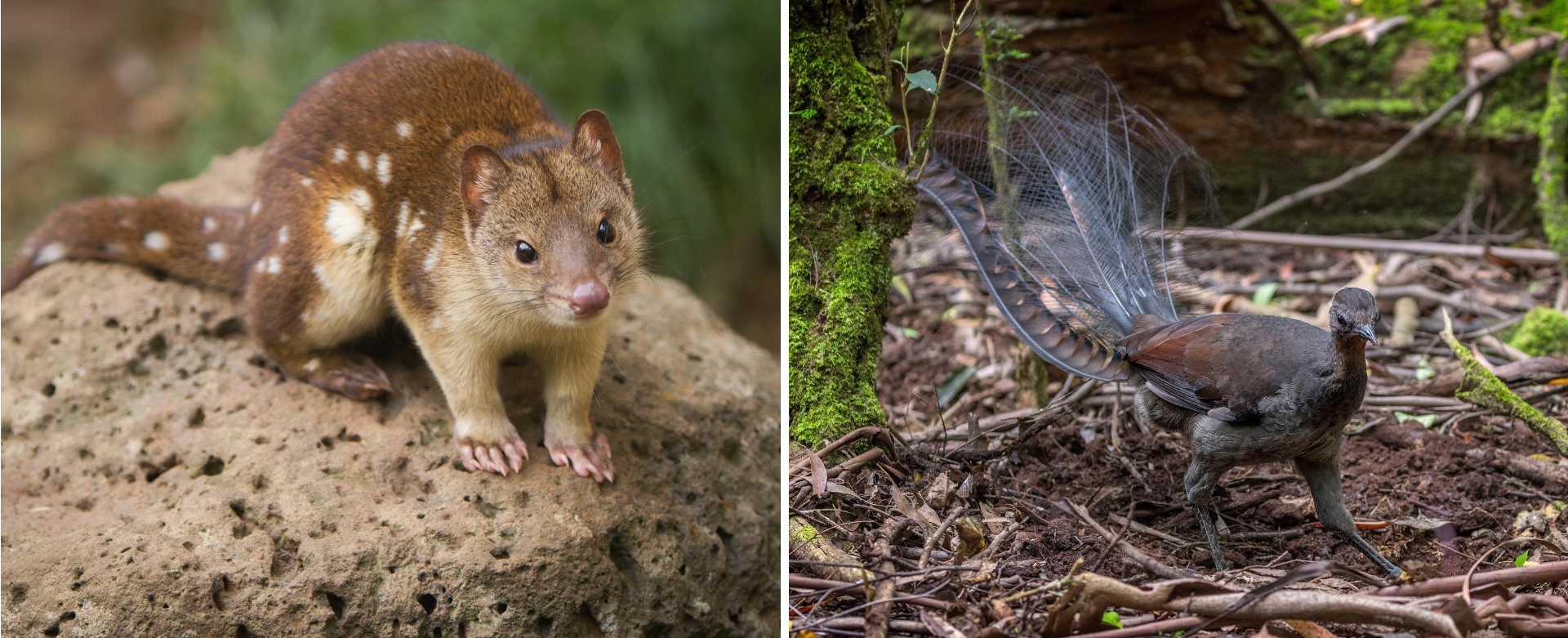Australian Government Hears Yarra River’s Call of the Wild
By: Yarra Riverkeeper

By Andrew Kelly, Yarra Riverkeeper
A federal grant of $500,000, Australian, was awarded to the Yarra Riverkeeper Association to begin the process of “rewilding” the Yarra River animals and landscape.
We use the word “rewilding,” but in a continent that has had more than 50,000 years of continuous human habitation by First Peoples, we prefer to use the word “stewarding,” to acknowledge the continuity of their involvement in shaping the landscape. The idea of rewilding began with Dave Foreman of “Earth First!” and Michael Soule, a founder of the discipline of “conservation biology.”
The idea was a step up from the notion of protected sanctuaries, or cores, to looking at ecological restoration on a landscape scale. The current geological age has been characterized as the “Anthropocene,” because human activity has been the dominant influence on the planet’s climate and the environment since the Industrial Revolution. One of the results has been the fragmentation of ecosystems by human development that now must be reconnected, which can be accomplished through the restoration of natural corridors.
There are now a significant number of landscape-scale projects, in many countries. They tend to be either along mountain ranges or along rivers. Rivers make perfect corridors. Often, due to flooding risk, they retain continuous vegetated expanses, the water supports more productive ecosystems than the surrounding landscape, creating places of refuge, and the water flow allows connection along the river’s length.
“We use the word ‘rewilding,’ but in a continent that has had more than 50,000 years of continuous human habitation by First Peoples, we prefer to use the word ‘stewarding.'”
The Yarra River is the principal river of the city of Melbourne, capital of the State of Victoria in southeastern Australia. It is at the heart of the city’s image of itself. Melbourne, the country’s fastest-growing city, is projected to almost double in size by 2030. Fortunately, it contains continuous parklands from the central business district to the source of the river in the nearby mountains.
The upper catchment was closed in 1888 to protect the city’s water supply. It remains as pristine forests of mountain ash. The river is a series of cores linked by corridors, with major parklands dotted along the river, surmounted by a forested and protected closed catchment. When seen in this way, it is an obvious imperative that its ecological processes be protected so it can continue to deliver the environmental services that are so critical to the region. Yarra Riverkeeper has proposed a frame for such work on the river to the federal government, and has been awarded a substantial grant to begin the process of protecting the cores and corridors that are the life of the river.
The work began in March, with the appointment of Karin Traeger Hermosillo to the role of project manager and a review of the ecological assets of the Yarra corridor to identify key sites where stewarding can most effectively be applied. Stay tuned.